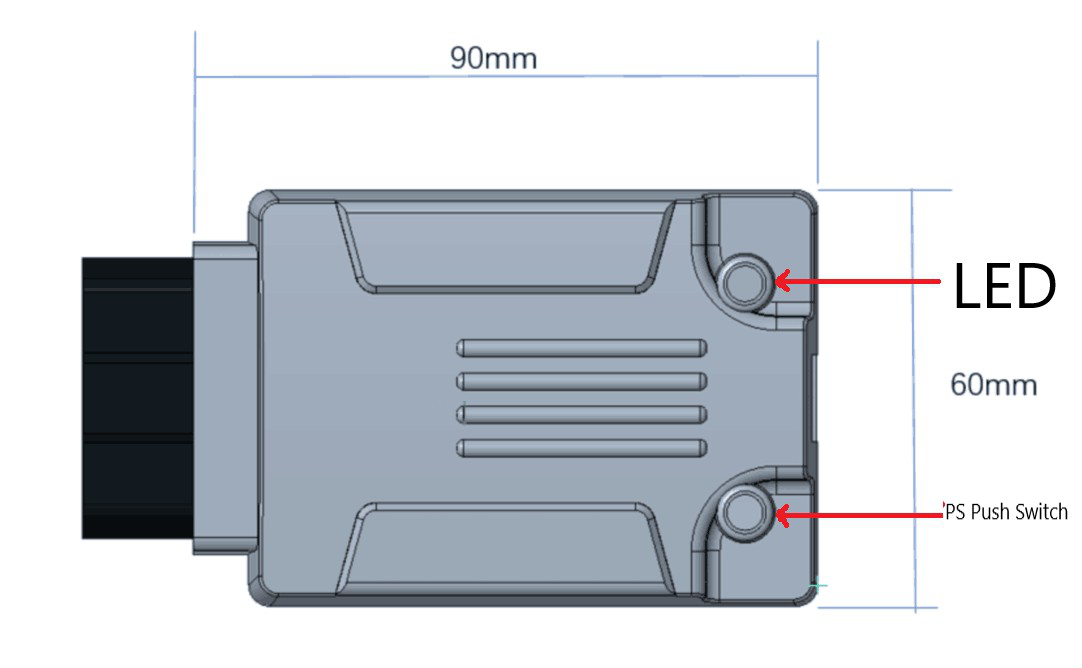

the computer the HIDS is installed on) to power the HIDS and HIDS are reactive in nature and can only respond to an attack after it has occurred. However, resources are drawn from the host (e.g. HIDS also track and monitor local file changes and potential alterations due to unauthorized access and/or compromise.Ī comprehensive cyber security strategy will employ both NIDS and HIDS since each comes with distinct advantages and disadvantages.įor example, since HIDS are host-installed and have access to details such as registry settings, logs and other system information, they can make IP address attribution and digital forensics more accessible. In contrast, HIDS solutions are installed on every computer's operating system to analyze and monitor traffic coming to and from the device in question. These work in concert to allow a wider range of network intrusion detection capabilities than HIDS solutions. NIDS solutions offer sophisticated, real-time intrusion detection capabilities, consisting of an assembly of interoperating pieces: a standalone appliance, hardware sensors and software components are common. NIDS are strategically positioned at various points in the network to monitor incoming and outgoing traffic to and from networked devices. IDS/IDPS offerings can be split into two solutions: network intrusion detection systems (NIDS) and host intrusion detection systems (HIDS). What is the Difference Between NIDS and HIDS? This post will focus on NIDS rather than host intrusion detection systems (HIDS) and intrusion prevention systems. IPS can send an alarm, drop malicious packets, reset a connection, block traffic from an offending IP address, correct cyclic redundancy check (CRC) errors, defragment packet streams, mitigate TCP sequencing issues and clean up unwanted transport and network layer options.

This means they can actively prevent or block intrusions that are detected. The main difference between intrusion detection systems and intrusion prevention systems are that intrusion prevention systems are placed inline. Inside the secure network, an IDS/IDPS detects suspicious activity to and from hosts and within traffic itself, taking proactive measures to log and block attacks. Firewalls control incoming and outgoing traffic based on rules and policies, acting as a barrier between secure and untrusted networks. It's no longer enough to rely on a simple security system and antivirus software that can protect against known attacks at the application layer.Ī variety of tools and methodologies exist, however two common elements used to secure enterprise network configurations are the firewall and intrusion detection and intrusion prevention systems (IDS/IDPS). Organizations need to secure their networks with a combination of technologies and detection methods designed to combat multiple attack vectors, intrusion and compromise methods available to cyber criminals today. Why are NIDS Needed?ĭue to the sophistication of cyber threats and data breaches, implementing and maintaining network security, data security and information security requires a defense in depth approach. Any malicious activity or violation is typically reported either to an administrator or collected centrally using a security information and event management (SIEM) system. NIDS monitor network traffic and detect malicious activity by identifying suspicious patterns in incoming packets. Network intrusion detection systems (NIDS) attempt to detect cyber attacks, malware, denial of service (DoS) attacks or port scans on a computer network or a computer itself.


 0 kommentar(er)
0 kommentar(er)
